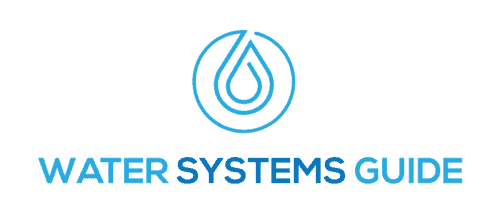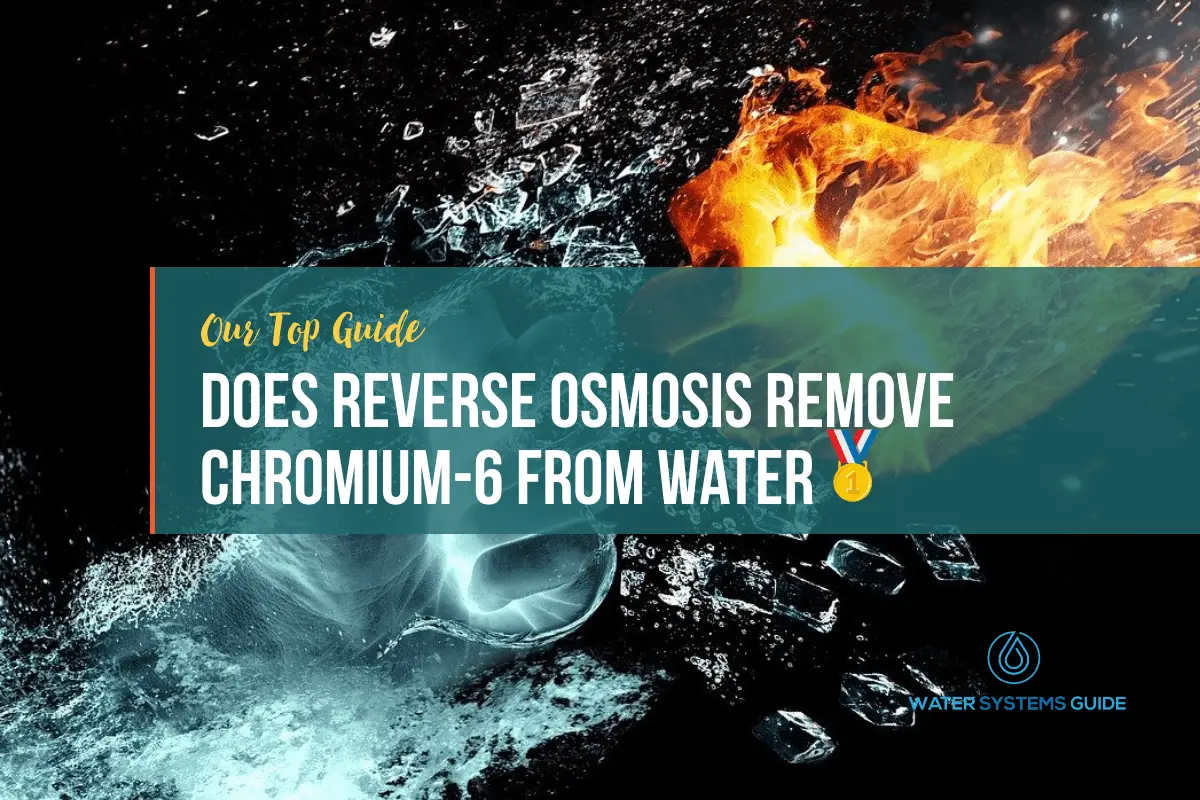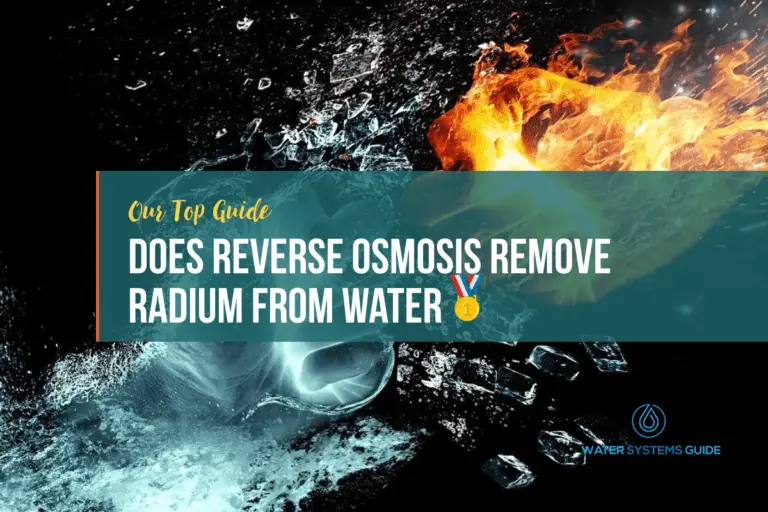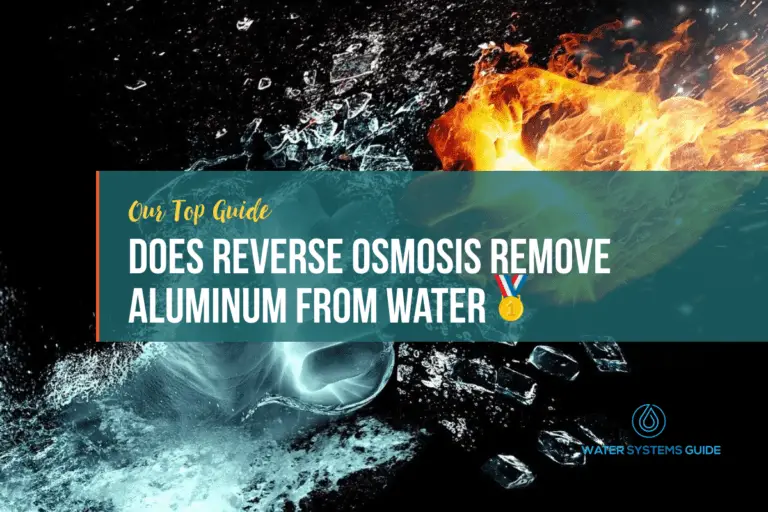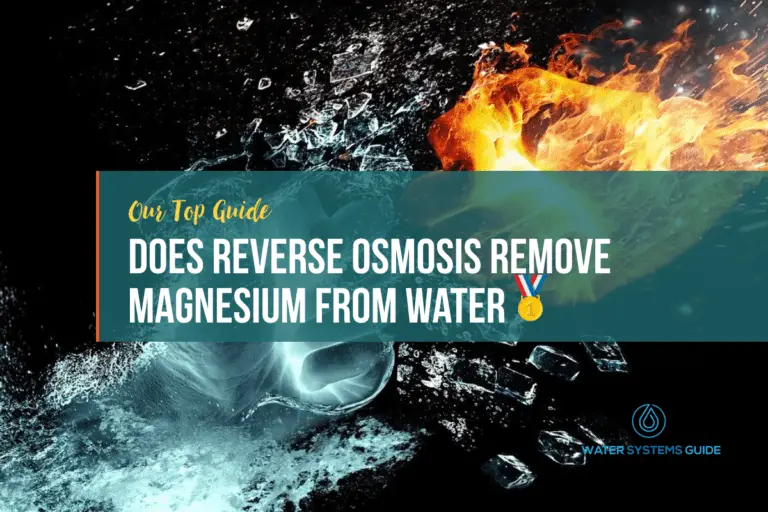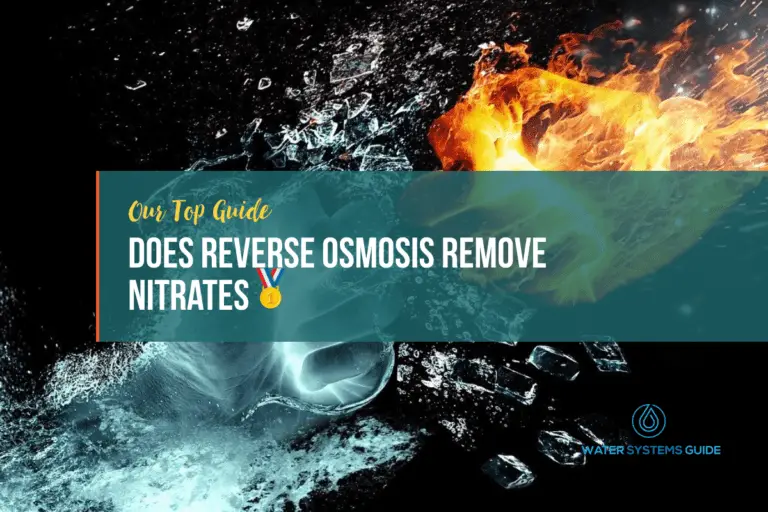Does Reverse Osmosis Remove Chromium 6 From Drinking Water
How Does Reverse Osmosis Work?
What is Chromium 6 and where is it used?
Chromium-6 is a type of chromium that is a greenish-yellow solid, insoluble in water. It is typically produced by industrial processes, but can also occur naturally.
This chemical compound is frequently used in a variety of industrial applications, including metal anti-corrosion coating, wood preservation, textile dyeing, pigments, and other chemicals.
It has been found in groundwater as a result of pollution from these industries, as well as from natural gas compression stations that use it as an anti-corrosion agent in cooling water.
Hexavalent chromium is used in both public and private water supplies, and is regulated by the EPA.
How does Cr(VI) get into our municipal water
Chromium is a metal that can be found in nature in several different forms. The most common form of chromium in the environment is trivalent chromium (Cr(III)). Cr(VI) is a more toxic form of chromium that can result from industrial processes. Cr(VI) can get into our municipal water through runoff from factories or landfills, or from sewage effluent.
Therefore, it is important to ensure that your municipal water supply is regularly tested for chromium-6 levels, and that you only consume water that has been treated to remove Cr(VI).
Chromium-6’s Effect on Human Health
According to the United States Department Of Labor’s health department, Cr(VI) can have the following health implications:
“Adverse health effects associated with Cr(VI) exposure include occupational asthma, eye irritation and damage, perforated eardrums, respiratory irritation, kidney damage, liver damage, pulmonary congestion and edema, upper abdominal pain, nose irritation and damage, respiratory cancer, skin irritation, and erosion and discoloration of the teeth. Some workers can also develop an allergic skin reaction, called allergic contact dermatitis. This occurs from handling liquids or solids containing Cr(VI) such as portland cement. Allergic contact dermatitis is long-lasting and more severe with repeated skin exposure. Furthermore, contact with non-intact skin can lead to ulceration of the skin sometimes referred to as chrome ulcers. Chrome ulcers are crusted, painless lesions showing a pitted ulcer covered with fluid.”
With all of that being said, we understand why you’d want to remove it from the water you drink or consume.
Does Reverse Osmosis Remove Chromium-6?
Reverse Osmosis (RO) is a water purification technology that uses a semipermeable membrane to remove ions, molecules, and larger particles from drinking water. In general, RO can remove most contaminants from water, including chromium-6.
There are several RO system manufacturers which claim that their systems can remove up to 97% of all Cr(VI), and one product, in particular, can be found here – Aquasana OptimH20 RO System.
The above unit is a point-of-use (POU) system, since it’s installed at a particular tap in your home. We were not able to find a point-of-entry (POE) system which claims to be able to remove chromium-6, such as a whole house RO unit. Therefore, if this is something which you want, we suggest speaking to a water systems specialist about this, preferably when you get your water supply tested for Cr(VI).
What Else Does Reverse Osmosis Remove?
Reverse osmosis also removes other contaminants from water, including fluoride, chloride, calcium, arsenic, chloramine, heavy metals, pesticides, and pharmaceuticals.
Unfortunately, RO does remove healthy minerals in the water, such as magnesium, sodium, potassium, and calcium
While most municipal water supplies in the United States are required to meet strict safety standards set by the Environmental Protection Agency (EPA), trace amounts of these and other contaminants can still end up in tap water. That’s why many people use reverse osmosis systems to further purify their drinking water.
How Else Can I Remove Chromium-6 from My Water Supply?
As referenced from PBS: “The most effective way to remove chromium-6 from drinking water is with an ion exchange water treatment unit, said Ian Webster, president of Project Navigator, an environmental engineering project management company, retained to represent the Hinkley community. PG&E is using this technique to treat the drinking water in Hinkley.”
However, “If you’re actually looking for residential water treatment units, there just aren’t that many ion exchange units that are certified to reduce hexavalent chromium”.
Therefore, Reverse Osmosis is probably the most accessible and efficient way for homeowners to reduce their chromium-6 water levels.
Conclusion
In conclusion, does reverse osmosis remove chromium-6? Yes, it certainly does.
And as we’ve talked about above, it’s one of the most accessible and effective means of doing so for homeowners around the USA.
